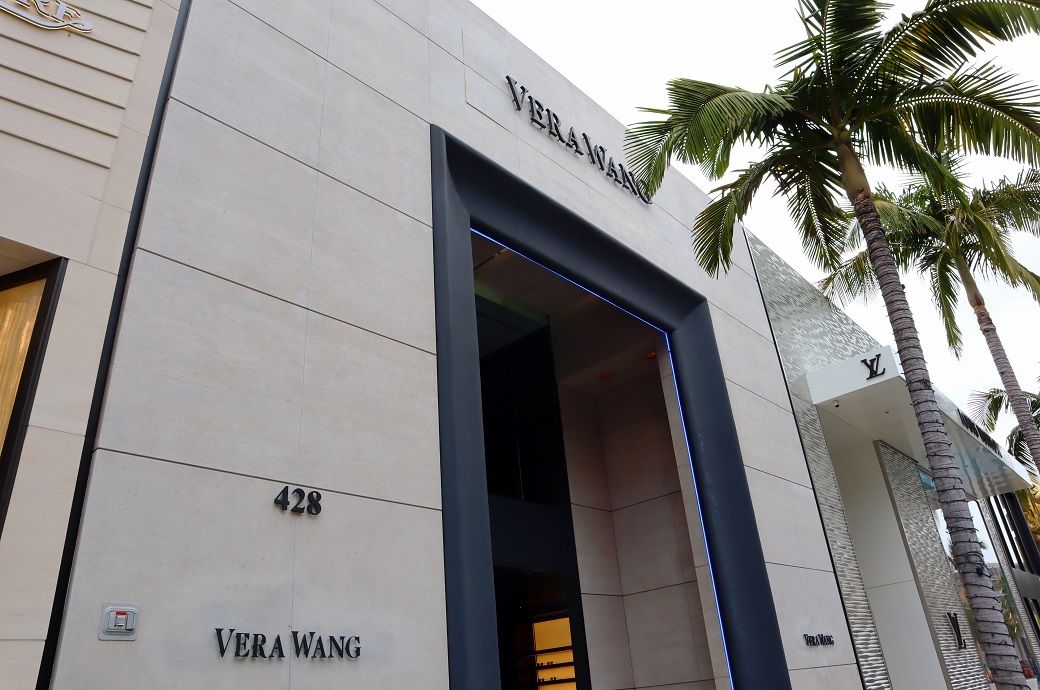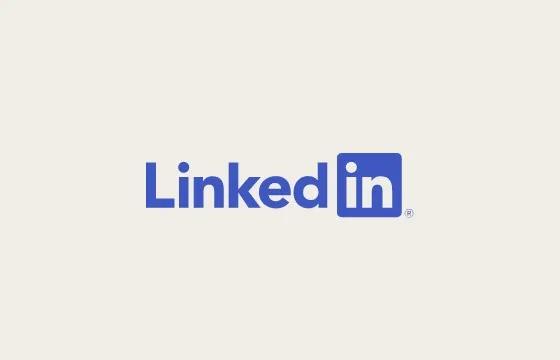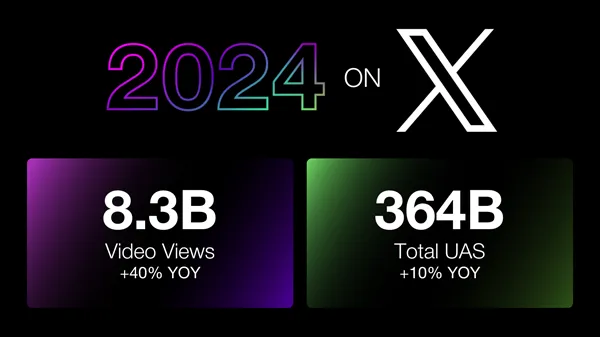Diversity at all levels of a company is a major indicator of company success and productivity. The benefits of diversity and inclusion can be seen in stock and revenue performance, hiring and retention and customer acquisition and loyalty. A diverse marketing organization aids access to diverse markets.
It’s not a nice thing to have, it’s a necessity. Many studies have shown that more diverse organizations out-perform less diverse ones.
Having a culture of diversity and inclusion is an outcome of policies and procedures that empower, encourage and provide support to members of groups who have received little to none of that before. It focuses on outcomes, not intent. In this situation, actions must come before words.
Marketing is all about trust. In fact, 46% of customers will pay more for products and services from brands they trust, according to a Salsify survey. With such a focus on trust-building, you also must represent diversity in your ads and promotions. Why? Nearly 60% of customers will trust you more if you use inclusive ads, according to a Facebook advertising study.
However, it’s essential to note that just adding people of different ethnic backgrounds to your content will not accomplish this. The “faces and festivals” approach, where marketing includes different faces and makes a big deal of particular holidays (Juneteenth, Cinco de Mayo, Ramadan, Pride, etc.) is a recipe for disaster. It all but guarantees gaffes that will cause problems with the audience being targeted. Avoiding that requires having a diverse team.
Consumers want advertisements and promotions that represent them and their needs and interests. They don’t just take that at face value. They look for proof that representation is authentic and get angry if they believe it isn’t.
This is an introduction to diversity, equity and inclusion (DEI) for marketing organizations. It explains basic concepts and suggests steps you can take.
What are diversity, equity and inclusion
Diversity in marketing content and in the workplace are directly related, but take different forms. In content, it means portraying people of different ages, abilities, ethnicities, genders, sexuality identities, religions and other demographic characteristics. In the organization, it is actively seeking out and recruiting people from marginalized communities. It is creating a team that reflects both the society at large and the audiences you want to reach.
Inclusion means policies and behaviors that ensure people from marginalized groups are heard and they and their contributions are given the consideration and respect they have usually been denied. Just having them on the staff isn’t enough.
Equity means giving these people the support they need — training, mentorship, etc. — to advance in the organization. It requires understanding why the organization has failed to do this in the past and making sure it doesn’t do it again.
Benefits of diversity and inclusion in marketing
Increased audience engagement and trust
- Nearly two-thirds (60%) of consumers find the topic of diversity and inclusion to be important, according to Quantilope. This is highest among parents with children 2-12 (78%), African-Americans (80%) and younger generations (76% of Gen Z and 72% of millennials compared to just 46% of boomers).
- Some 62% of people said that their perception of the brand’s service and products was influenced by their diversity, according to an Adobe survey. Lack of diversity will cost you sales: 53% of African-Americans, 40% of Hispanics and 58% of LGBTQ+ stopped using a brand because of representation issues.
- 59% of people say they are more loyal to brands that stand for diversity and inclusion in online advertising, according to Facebook Advertising.
Better revenue
- Companies with higher than average employee diversity have higher innovation revenues, according to a Harvard Business Review study.
- The top 100 Fortune 500 companies have more diverse boards than the other 400 companies on the list.
- Ethnically diverse companies are 35% more likely to yield higher revenue, while gender diverse companies are 15% more likely to yield higher revenue, according to a McKinsey study.
- High growth brands (annual revenue increase of at least 10%) are 1.9x more likely to have diversity-and-inclusion related talent objectives than negative growth brands, according to Deloitte.
Attracting new customers
- 64% consumers are more likely to consider, or even purchase, a product after seeing an ad that they considered to be diverse or inclusive, according to a Google study. This percentage is higher among specific consumer groups including Hispanic (85%), Black (79%), Asian/Pacific Islander (79%), LGBTQ (85%), millennial (77%) and teen (76%) consumers.
- In more than 90% of the simulations run by Facebook, diverse representation was the best strategy for ad recall lift, according to Facebook Advertising.
- Some 70% of younger millennials are more likely to choose one brand over another if that brand demonstrates inclusion and diversity in terms of its promotions and offers, 66% in terms of their in-store experience. and 68% in their product range. According to the Accenture Holiday Shopping survey.
Employee acquisition and retention
- Some 57% of employees and 67% of job seekers consider diversity an important element of their workplace, according to Glassdoor.
- When employees perceive their organization as committed to diversity and inclusion and they actually feel included, they are 80% more likely to rank their employer as high performing, according to Deloitte.
Steps you can take
Changing an organization is difficult. Even more so when it comes to diversity, inclusion and equity. A lot of people feel threatened by the idea of diversity and inclusion, let alone its implementation. They may seek to sabotage efforts around this. They may say they are for it while fighting against it. Avoid arguments involving morality and beliefs. Stick to the business case and arm yourself with facts. You are fighting for both your company and your community.
Here are some steps you can take.
Analyze the situation. Hire people/consultants from marginalized groups to help. They can see better than you can what you are doing right and wrong. You almost certainly do not see all the challenges and obstacles that people different from you face every day.
Develop policies and procedures. Embedding DEI principles within the organization will build trust with employees from groups that have heard a lot of promises and seen few actions.
Listen more than you talk. Pay attention to who isn’t speaking much (or at all) at meetings. Encourage them by calling out their contributions and successes. Tell them one-on-one that you’d like to hear more from them. In meetings be aware of people interrupting or talking over them or doing other things that push them into the background. That is when you must speak up.
Educate yourself and your team. Education and training are vital to diversity and inclusion efforts, but it’s not a one-and-done situation. These efforts must be ongoing in order to educate new employees and reinforce these principals across the organization.
Test and measure. One of the truths of business is we measure the things that matter. Develop metrics and pay attention to them. Test to see if you’re getting the outcomes you want. If not, then try new policies and metrics.
Read next









































































